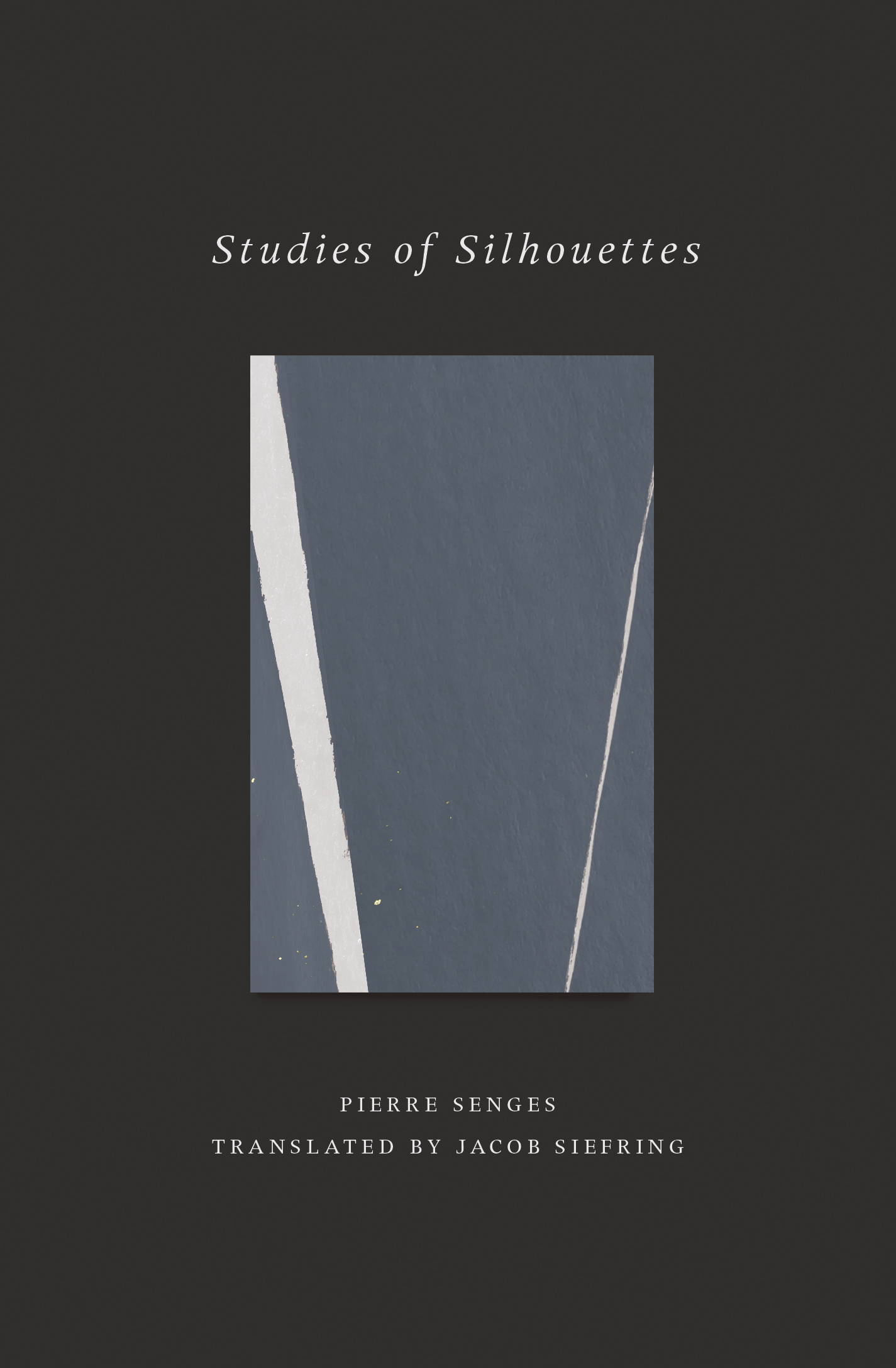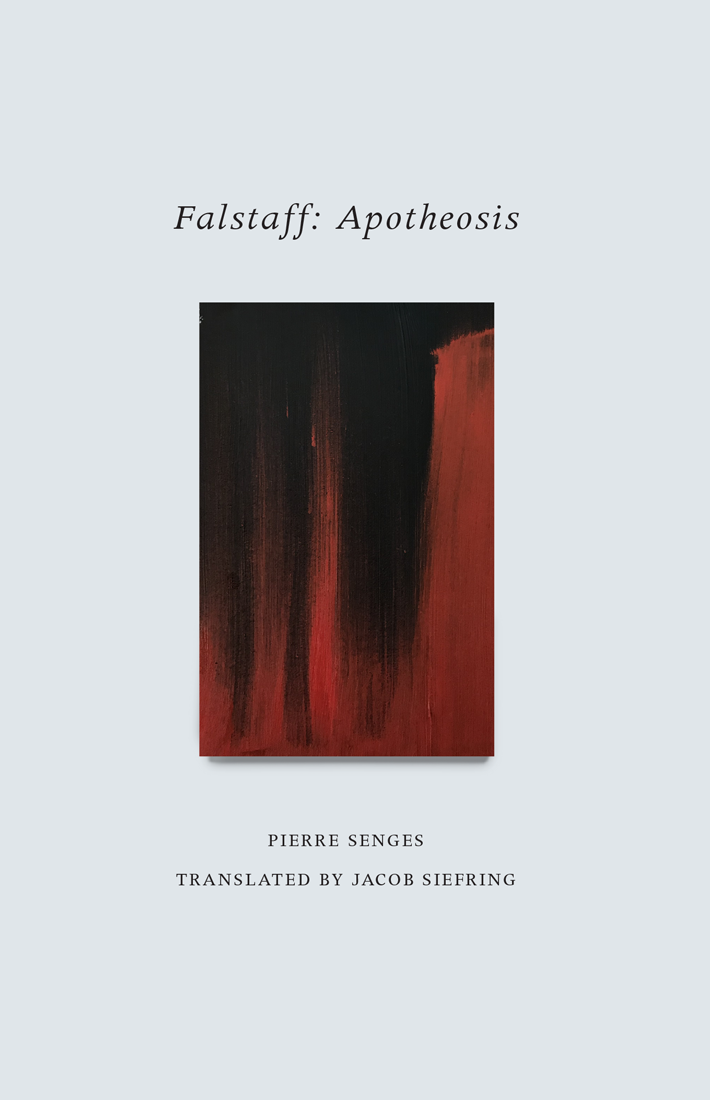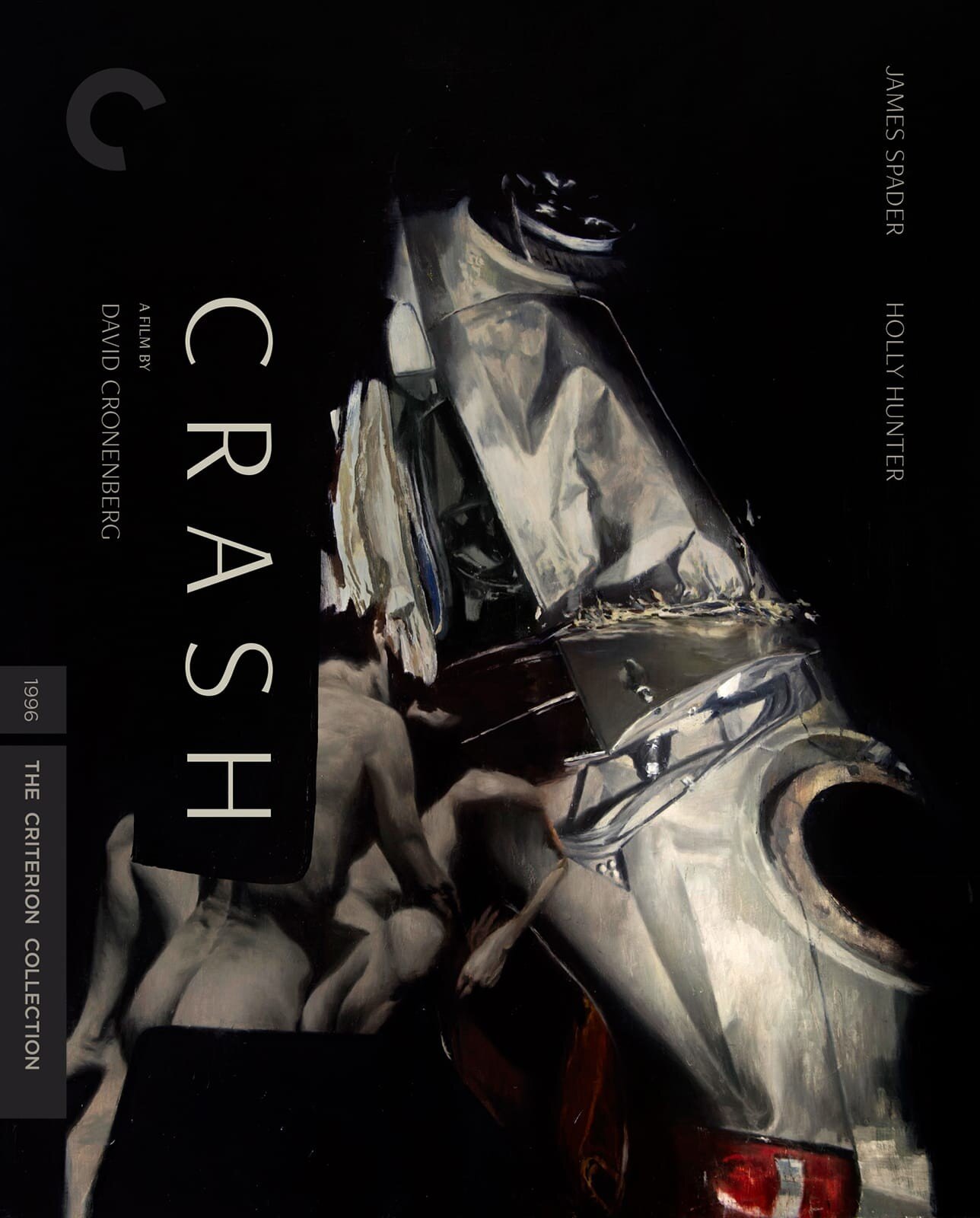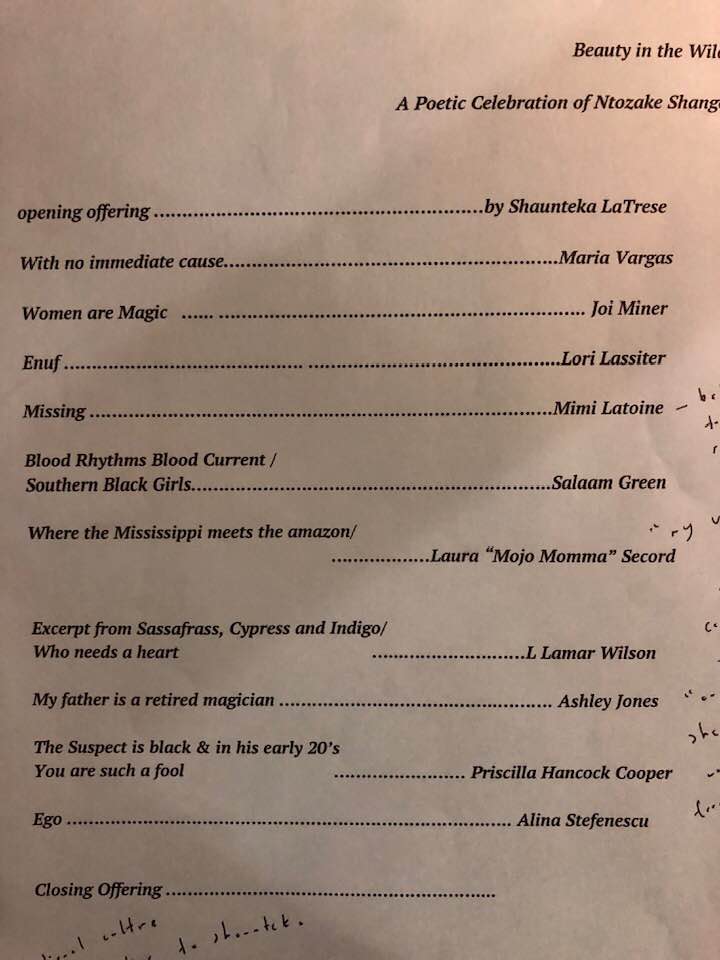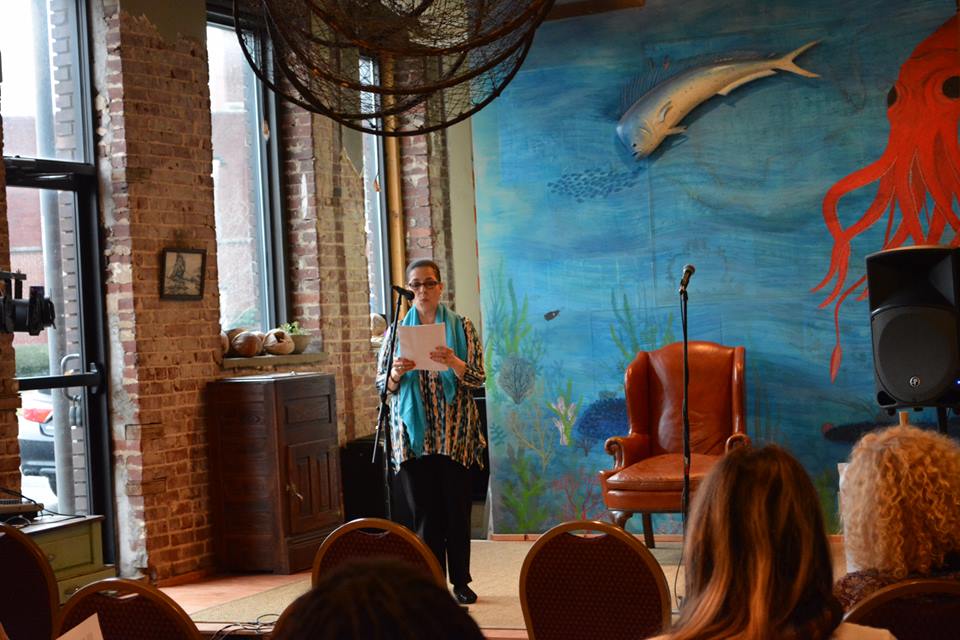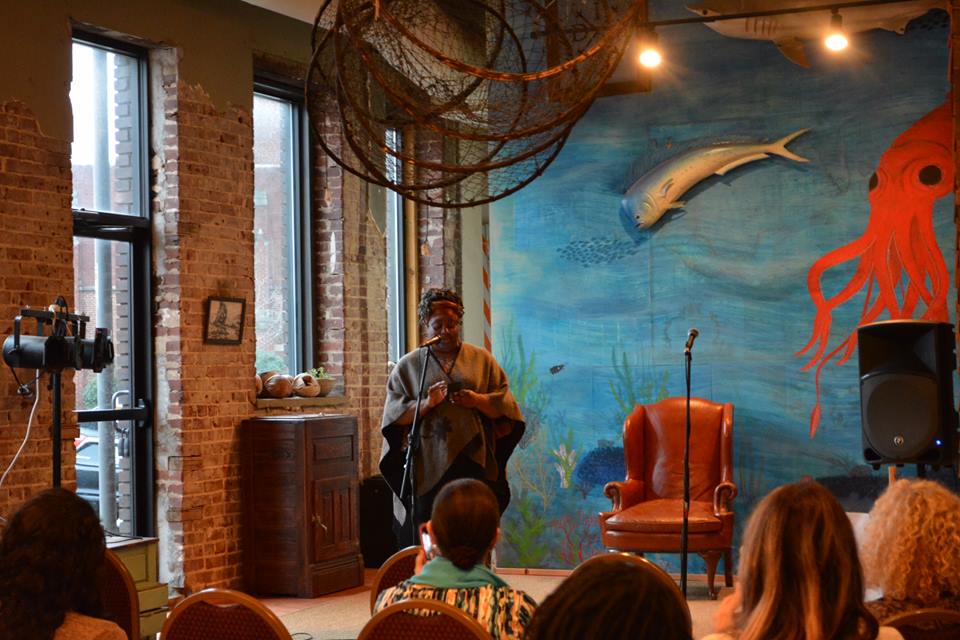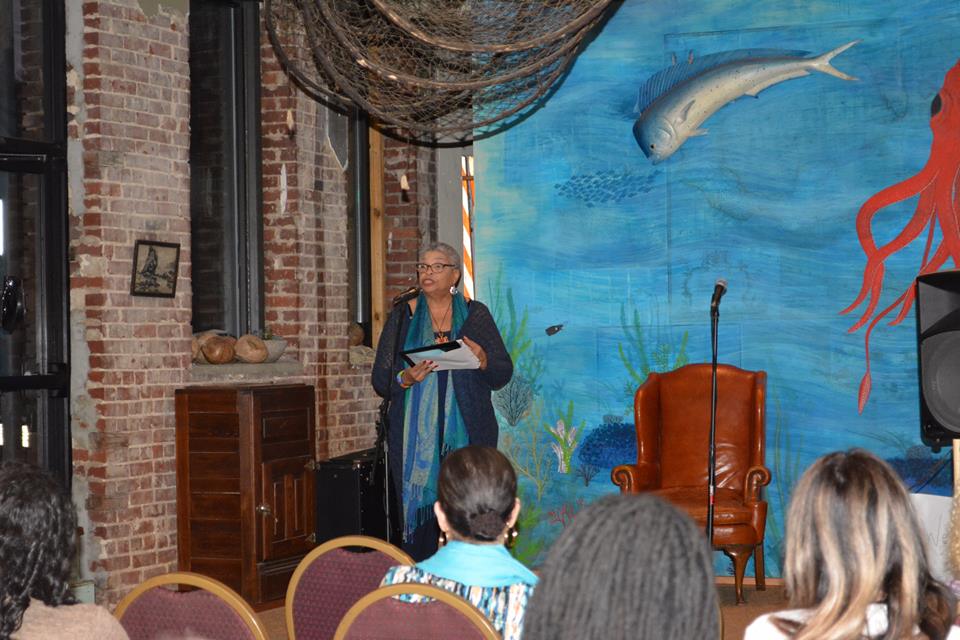A house where I alone go calling
A name that silence and the walls give back to me
A strange house contained in my voice
Inhabited by the wind
I invent it, my hands draw a cloud
A heaven-bound ship above the forests
- Pierre Seghers
1.
My great-grandfather waits with my daughter for birds to sip water from a small iron bowl in the ruins of the Romanian Republic of Alabama.
The Republic is currently colonized by a cowboy stepfather from Texas and my mother’s outrageous ghost. I say outrageous because “outrage” is still uncomfortable when attached to female-gendered spirits in the South. Alabama’s ghosts are sad, unhappy, religious, hungry for statues and memorial plaques.
But the ghost of my mother just wants to live—to be alive for the flood of azaleas, the honeysuckle seasons, the hora-hungry dusk which crawls across porches at certain angles of light.
2.
The childhood home—the house or apartment—the site where first memories attach to sound and color—the land of daydreams and origins. This is the mind's first inhabitation, often the source of habits which estrange us from others, or which create a sense of family identity.
Everything begins in that house: the one who raised us, the one where we first discovered that what adults said did not correspond with what we read in books, or heard from the chorus on floorboards.
You have probably guessed what I’m reading from the timbre of my nostalgia. Gaston Bachelard's The Poetics of Space explores the "value of inhabited space, the non-I that protects the I;" the most inhabited spaces being those which evoke "the notion of home," or which connect us to the child in a world of mysterious objects alongside the idyll of safety. For Bachelard, the "land of motionless childhood, motionless the way all immemorial things are" which offers us access to the child mind, or the mind that lacks the options of moving, doing, and being independent in the world.
"Our emotion is perhaps nothing but an expression of a poetry that was lost," Bachelard says, referring to time, or to the mind that experienced it before success and hierarchies intervened.
Childhood's time is unique in that it cannot be memorialized: it precedes memorialization.
Childhood time is the time outside time as we come to know it in the world.
As for the home, it remains precious as a place for this peculiar temporality. The home protects and provides shelter for daydreaming. In the house, unlike the classroom, daydreaming is acceptable.
3.
The awkwardness of injuctions during National Poetry Month: to “make time” for poetry. As if time can be so easily stolen or created. And yet—on the page—it can.
I thought about the social constructions of time after receiving a poetry prompt from Kimberly Ann Southwick: "Repackage time--repackage decades or weeks or years--find a way to view time that is not standard or that is personal, that is a different way in."
"The calendars of our lives can only be established in its imagery...." Gaston Bachelard writes. There is a prompt in this: an opportunity to list the images that formulate the calendars of your life—it’s seasons, scents, sounds, recipes. Not the football calendar or the external divisions of time — I don't want to know the commercial or public as it was absorbed by the home—I am interested in the private, unique, and unusual.
And how time is lineated in poetry, when considering the first home, or what it wants from us in its unique relations to time. And how Rene Char dreams in "a room that grew buoyant and, little by little, expanded into the vast stretches of travel." And how the room becomes the space which allows us to access all the loose tendrils in a mind, to bring them together somehow – not in study – but in amazement of simultaneity.
That I sat inside the same stone chapel as Joan of Arc in a town named after fleas--and that I can sit there, alone, now, in the unsettlings of my head.
That Bachelard speaks to how localization nearly defies the precision of calendar dates and chronologies:
"Memory does not record concrete duration, in the Bergsonian sense of the word. We are unable to relive duration that has been destroyed. We can only think of it, in the line of an abstract time that is deprived of all thickness..... To localize a memory in time is merely a matter for the biographer and only corresponds to a sort of external history, for external use, to be communicated to others. But hermeneutics, which is more profound than biography, must determine the centers of fate by ridding history of its conjunctive temporal tissue, which has no action on our fates. For a knowledge of intimacy, localization in the spaces of our intimacy is more urgent than determination of dates."
That thing one must study and write in this….
4.
“In our daydreams, the house is large cradle,” Bachelard suggests. And this cradle cuts both ways—the cradle is also the poetic object tended by a mother, as in Jill Bialosky’s poem.
Daylight Savings
There was the hour
when raging with fever
they thrashed. The hour
when they called out in fright.
The hour when they fell asleep
against our bodies, the hour
when without us they might die.
The hour before school
and the hour after.
The hour when we buttered their toast
and made them meals
from the four important food groups—
what else could we do to insure they’d get strong and grow?
There was the hour where we were the spectators
at a recital, baseball game,
when they debuted in the school play.
There was the silent hour in the car
when they were angry. The hour
when they broke curfew. The hour
when we waited for the turn of the lock
knowing they were safe and we could finally
close our eyes and sleep. The hour
when they were hurt
or betrayed and there was nothing we could do
to ease the pain.
There was the hour
when we stood by their bedsides with ginger-ale
or juice until the fever broke. The hour
when we lost our temper and the hour
we were filled with regret. The hour
when we slapped their cheeks and held
our hand in wonder.
The hour when we wished for more.
The hour when their tall and strong bodies,
their newly formed curves and angles in their faces
and Adam’s apple surprised us—
who had they become?
Hours when we waited and waited.
When we rushed home from the office
or sat in their teacher’s classroom
awaiting the report of where they stumbled
and where they excelled, the hours
when they were without us, the precious hour
we did not want to lose each year
even if it meant another hour of daylight.
Here, Jill Bialosky uses the poem to recuperate time, leveraging that lost hour which occurs in the ordinary changing of clocks, and asking that hour to carry the velocity of intimacy, the private hours of watching children grow, nursing them through midnights, witnessing their individuality detach from the nest.
Bialosky accomplishes this in a two-page poem that builds momentum in one single long stanza, a refrain built around "the hours": The hour when....The hour before.... There was the hour... etc."
In this mundane recitation of particular effaced hours, time, itself, is rendered precious, a treasury of particular hours consumed by love for one's children.
An hour is merely three twenty minute episodes and when you’ve recently been sucked into a new series, many hours will be divided up this way and lost in a haze of blue light and meaningless noise. Hours tend to creep away into the internet…
- Sarah Shabet on Bialosky’s “Daylight Savings”
5.
For Bachelard, the daydream is an inherently poetic mode which autovalorizes - "it derives direct pleasure from its own being." The sites which birthed daydreams are tinged with the hue of uncertainty, the vast plausibility of nostalgia, the strange resonances and mysteries. B. again:
Topoanalysis, then, would be the systematic psychological study of the sites of our intimate lives. In the theater of the past that is constituted by memory, the stage setting maintains the characters in their dominant roles. At times we think we know ourselves in time, when all we know is a sequence of fixations in the spaces of the beings' stability -a being who does not want to melt away, and who, even in the past, when he sets out in search of things past, wants time to 'suspend' its flight.
The house is "a geometry of echoes," and each room holds sound, light, smell, and color differently. To recapture the slant of light in that room. To recover the scents which linger on couches or curtains. To note how shelves increase or decrease echoes depending on what they hold. (Books muffle sound.)
Bachelard seeks the "timbre of voices" and "the resonance in each room" of what he calls the "sound house." In the old house, where we learned to listen, or first became aware of sound, the geometry of echoes abides as a music. The house we are born in is "physically inscribed in us" through unconscious habits and beliefs; "The feel of the tiniest latch has remained in our hands."
I wonder about the latch in my daughter’s hand—what she will remember from the house on the borders of the Romanian Republic of Alabama, where she inhabited a margin between a language and an intense, 100-foot magnolia.
"But if a house is a living value, it must integrate an element of unreality,” Bachelard reminds. “All values must remain vulnerable, and those that do not are dead."
So I bring the great-grandfather into her bird-dream… One day, when she is grown, when she is adult enough to repudiate everything I have given her, I hope she finds this photo on this website and wonders about the man whom her mother added to her reverie. A portrait which includes the invisible: the only witness I know to the Romanian Republic of Alabama.

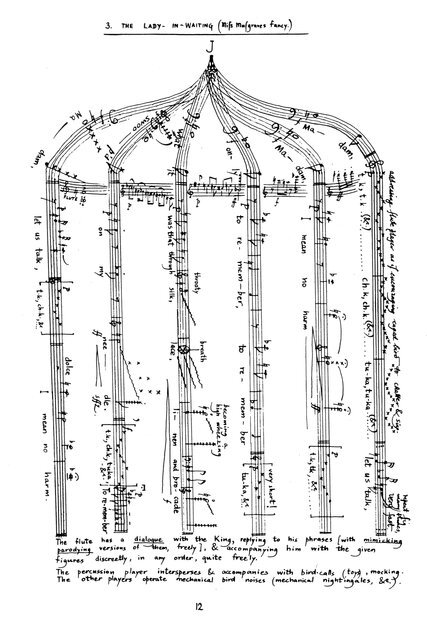
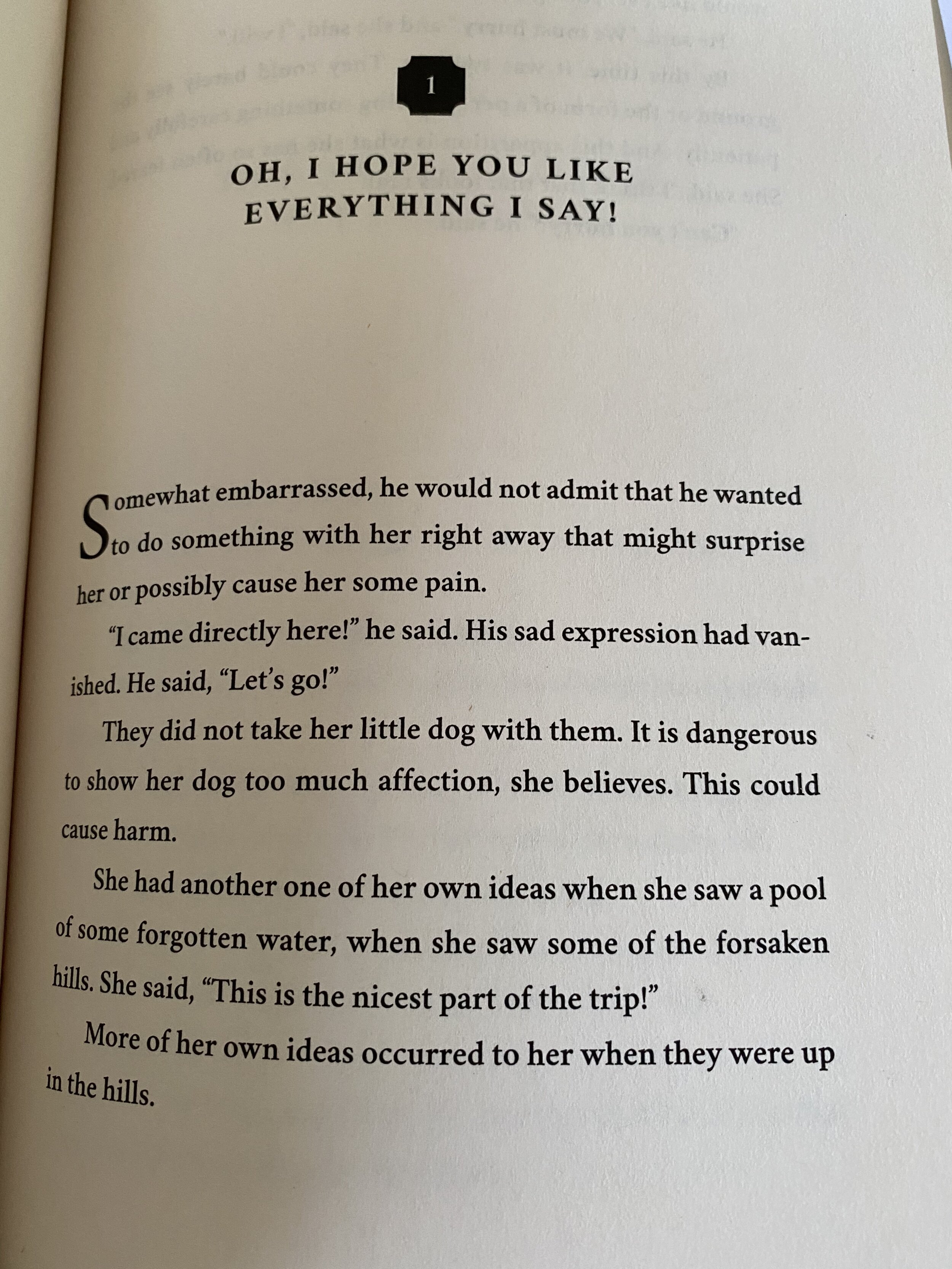
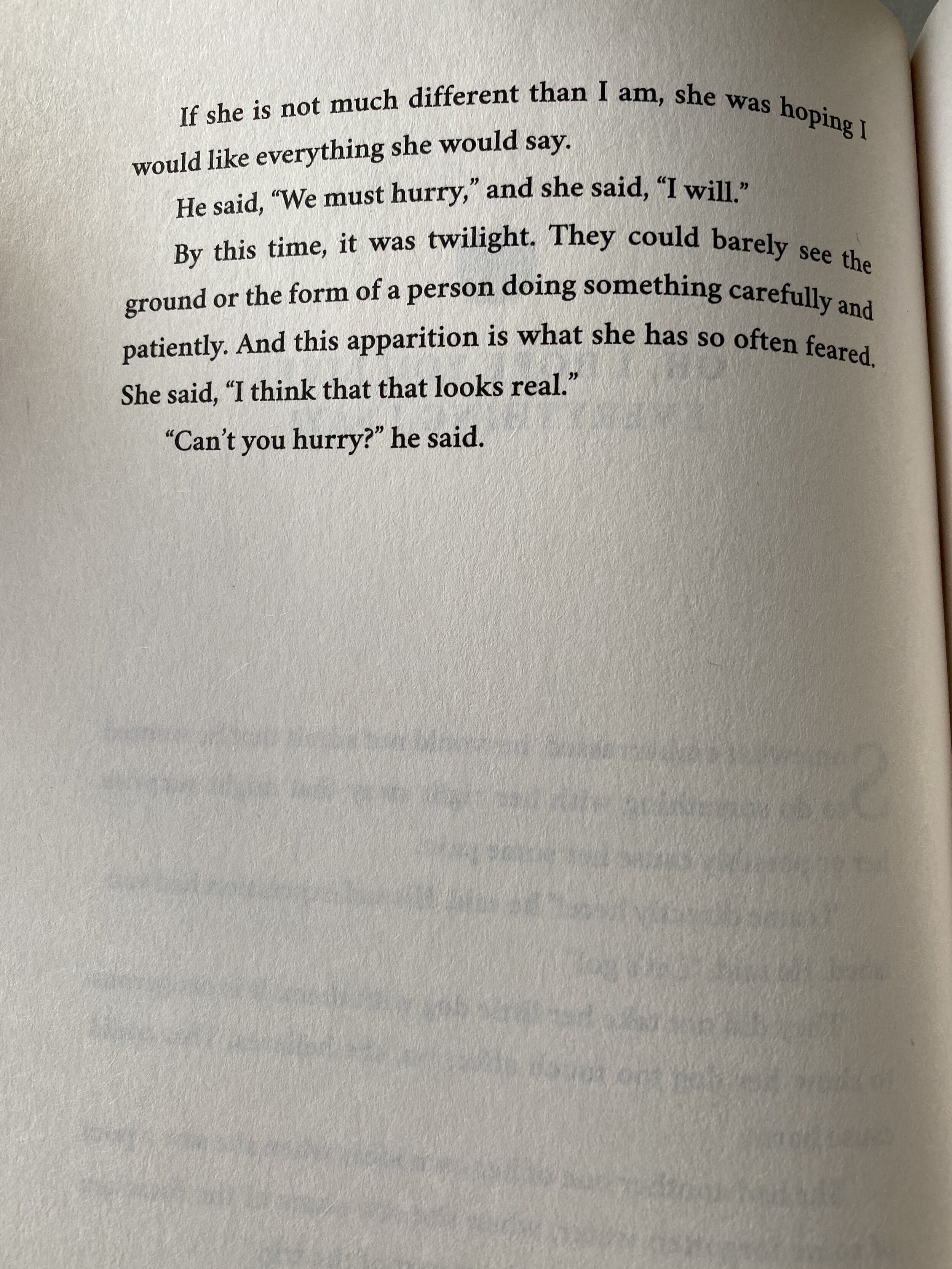
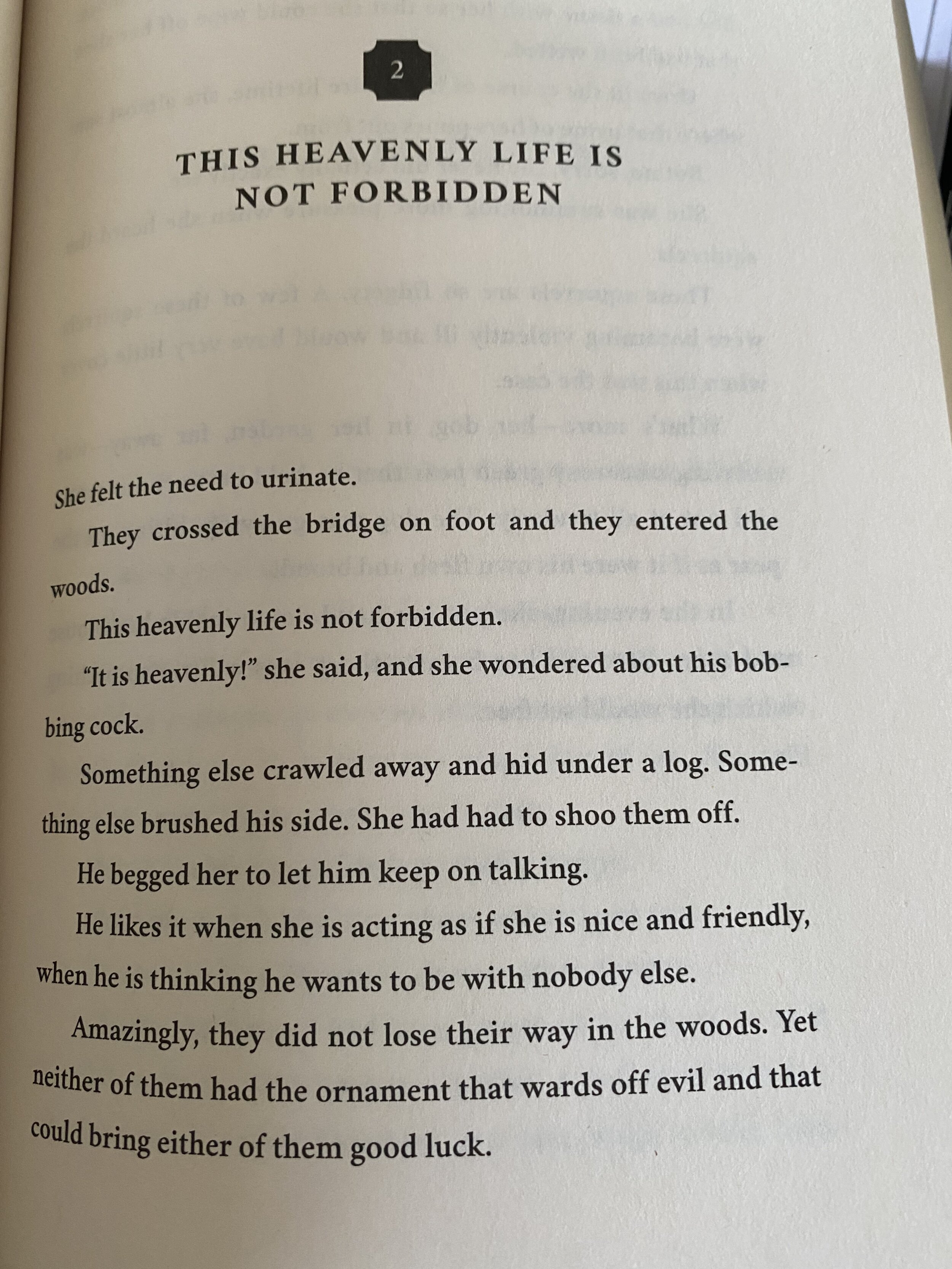
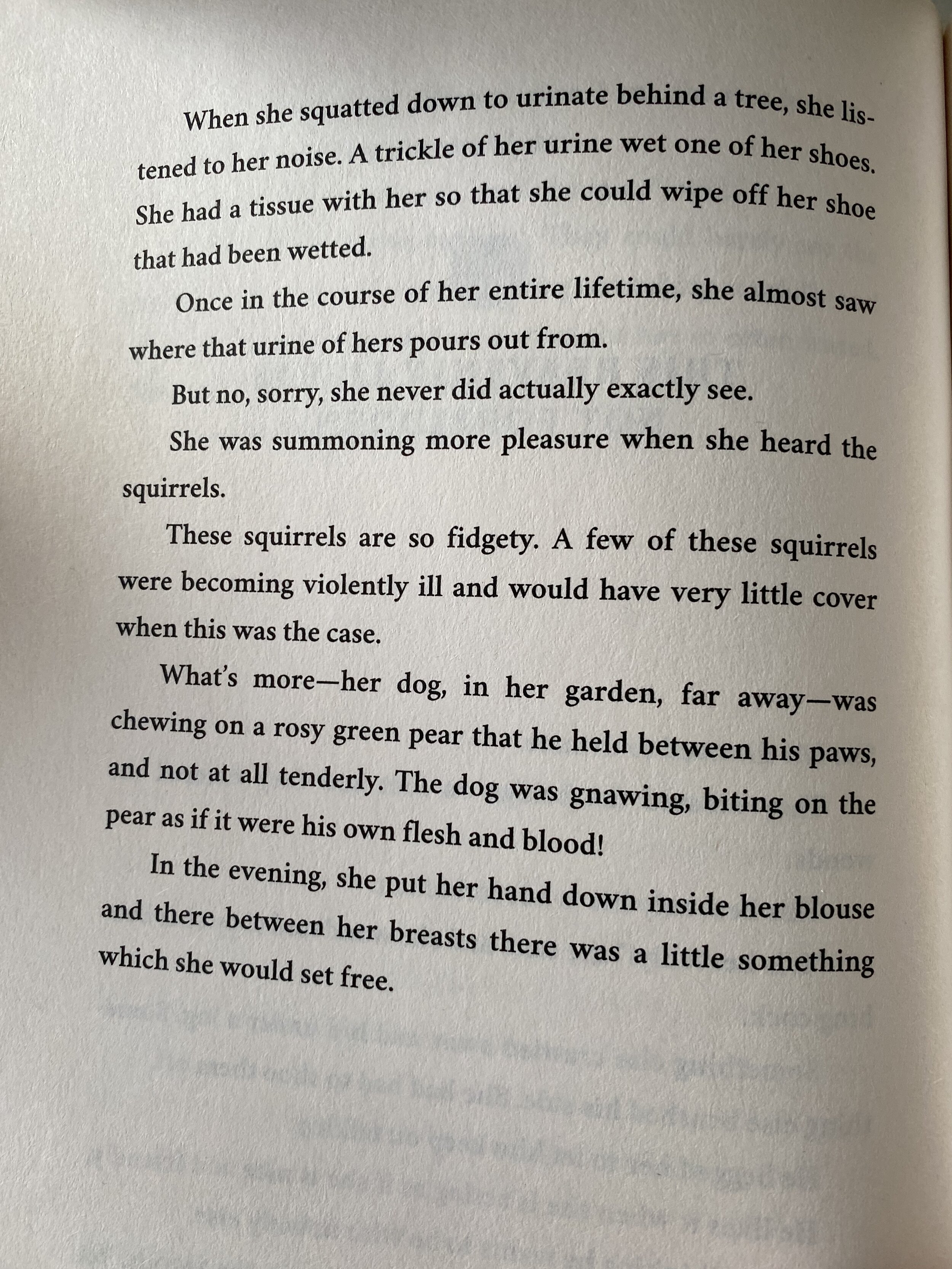


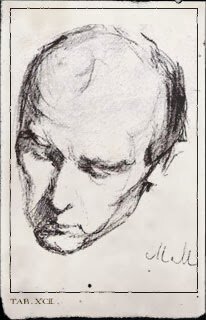
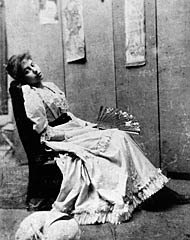













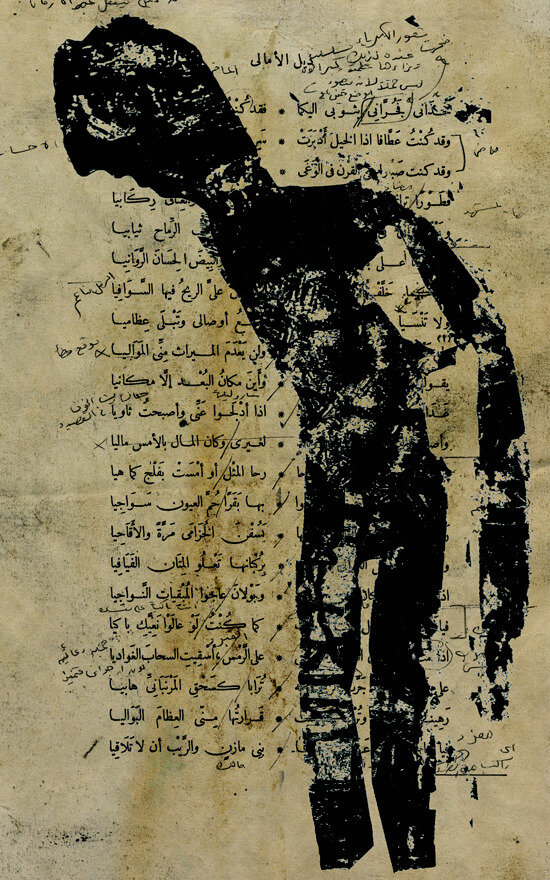
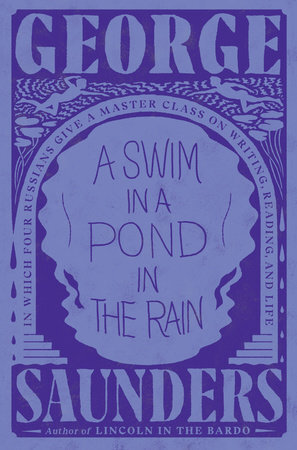


![Cubas atop the donkey—though the muleteer is missing. From Mariana Rio’s illustrations for Memorias Póstumas de Brás Cubas published by Editorial Sexto Piso. [Source]](https://images.squarespace-cdn.com/content/v1/5aea0d8696e76f6ac6f09e3c/1616020838918-CFGHQWYZQ4CI1RCFR42W/Screen+Shot+2021-03-17+at+5.39.48+PM.png)





